Description
Orlando is one of Virginia Woolf’s most important works, which is essentially not just a story but a reflection of what went through her creative mind.
Virginia Woolf in the novel “Orlando” crystallizes the spirit of poetry and literature in the form of a boy named Orlando, and this young poet changes gender and becomes a woman in the middle of the novel, Orlando becoming a woman happens so naturally that there is no need There is no scientific justification. Orlando wants to be a woman and he is happy to be a woman. This. Orlando wants to be a mother and is happy to be a mother. This.
This novel can be a sign that literature is moving towards femininity. The spirit of literature is in search of femininity because it is tired of masculine language, masculine logic and masculine domination. Virginia Woolf was distrustful of the superficial atmosphere and all-male action and practical tension, as well as of the market-based fantasy novel, which took its futility for granted. He tested the existing reality in the “astonishment and bewilderment of the tangible and full of consciousness” with a kind of Sufi prejudice.
Orlando is a book by Virginia Woolf, an English feminist author, translated by Mohammad Naderi. The story is about a gentleman named Orlando who does not die and changes his gender over time so that he is not just a representative of one gender. The translator wrote about this work:
It is useless to tell the story of Orlando. In this novel, story blends into story as if we are caught in a maze of stories. We can only say that the main character of Wolf’s novel was born in the time of Queen Elizabeth and never dies, but in every period and century the skin changes and becomes something else until our time. That’s why it’s easier to read than to describe.
He saw a man behind a horse. The man was taken aback. The horse stood.
“Ms!” “Your wife, are you injured?” He shouted as he bent to the ground.
“I’m dead, sir.” That was his answer. “
Virginia Woolf wrote the book Orlando in 1928; Somewhere in the middle towards the lighthouse and the waves. The famous English writer in the years between the two world wars was one of the most prominent and influential figures in literature, one of the most important modernists of the twentieth century and one of the pioneers of a new wave of narrative called the “flow of the mind”.
Among Wolf’s writings, Orlando is perhaps less obscure and experimental than the rest; This is not about long, fluid monologues, nor about the usual sadness of writing from the author’s bitter past. Wolff combines Orlando’s words with a novel elegance that results in a literary work with a pristine, witty, and sarcastic tone that sometimes leads to humor and sometimes a critical look. Arlando is not limited to crossing borders and red lines; Rather, as far as he can, he ridicules the real and prominent figures of English literature, manipulates the aristocracy, the masses, and politics, and slanders the intellectuals of the time. The events of the book may not be entirely borrowed from the truth, but for every real event in the story a metaphor is substituted.
The author wrote in his diary about the book, “A biography that dates back to 1500 AD and continues to this day.” A biography that, when we read it to the end, we realize is not very similar to other biographies. Although Vita himself objected to some parts of the book, claiming that Wolff relied too much on his imagination to cultivate Orlando’s character rather than on his behavioral facts, Wolff repeatedly wrote in various letters that Arlando was based on Vita’s personality and interests. Taken, he pointed out.
But the importance and boldness of this book in Virginia Woolf’s biography is neither for its fluid tone nor for the other elements that exist as the author’s personal signature in the rest of his works; The protagonist goes through an amazing “story”. He begins his life in 1500 AD, when he is a brave teenage boy who longs for poetry and writing, and the queen of that time considers him his mistress. Arlando falls in love, adventures, writes non-stop, and surprisingly changes gender halfway through the story. Because of this gender reassignment, everything changes. Wolf’s feminist traits are more pronounced from this point on; Where Arlando realizes, there is nothing like him in the female body when he was male.
The novel’s vanguard is not limited to the gender reassignment of the protagonist. Time is also fluid in this book. When everything around Orlando is changing and evolving, Orlando moves from century to century, from era to era. The protagonist witnesses everything change, and the narrative of the half-story turns from a linear state into a labyrinth that draws us in with Orlando. In the vague confusion that resolves the audience, he and everything are changing and nothing is trusted in stability.
In the meantime, the only thing that is stable and reliable is the interest and desire of the protagonist to write. His burning passion for writing intensifies from century to century, and in this labyrinth he clings to literature for salvation. It may not be easy to read Arlando’s novel because of this fluidity, but the reader can grab Arlando’s hands and allow the hero – with the help of an extraterrestrial force such as literature – to show him the joy of discovering the maze and free him from this astonishing mystery.
About the author:
Adeline Virginia Woolf was a British novelist, essayist, publisher, critic, and feminist who wrote such landmarks as Mrs. Dalloway (1925), Towards the Lighthouse (1927), and Room of Her Own (1929). . Virginia Woolf has profoundly influenced most of the writers who wrote novels after her. As an essayist and critic, she has written influential articles and critiques on the fate of women artists and those who have suffered from time constraints.
The life of Virginia Woolf
Born in London, Virginia Woolf was the third child, among her parents’ two sons and two daughters. His father, Leslie Stephen, was a well-known Victorian critic, biographer, and researcher; Lacy Stephen’s magnificent library was home to Virginia’s literary taste.
Stephen, Virginia, Vanessa, Toby, and Adrian’s children were all encouraged in their intellectual endeavors by the care of their parents, but the father had the greatest influence on Virginia. In daily lessons, his father taught Virginia how to read with all his senses and to appreciate and admire the beauty of writing. He learned from his father that words and ideas are not only extremely important but can also be extremely enjoyable and enchanting.
Virginia lost her mother as a child, the sudden loss of her mother at the age of thirteen and the subsequent death of her half-sister two years later led to the first stroke of Virginia Woolf. However, between 1897 and 1901, she succeeded in teaching (sometimes up to a degree) in Greek, Latin, German, and history at the Royal College of Women in London, where she became acquainted with some of the pioneers of women’s education, such as Clara Peter. Provided by George Ware and Lillian Fitfall.
Virginia experienced new independence after the death of her father at the age of 22 (1904), after being freed from the domination of her half-brother George Duckworth. Having friendly discussion sessions with his sister Vanessa, and his brother Toby and their friends was a new and intellectual experience for them. In these sessions, it was not the status and gender of the people that mattered, but the power of their thinking and reasoning. In addition, Virginia traveled and gained experience with her siblings. Virginia’s financial independence at a young age and before she became famous, through the brief inheritance of her father, the inheritance of her brother, Toby, who died of tuberculosis in 1906, and the inheritance of her aunt, Caroline Emilia Steven (mentioned in her book Room). Was obtained.
Virginia married Leonard Wolf, a former Ceylon government employee, and her brother’s old friend in 1912, and he and his wife founded Hookarth Publishing in 1917; Publications that published works by young and unknown writers of the time (including Catherine Mansfield and TS Elliott). Virginia Woolf is the author of experimental novels that try to explain the inner realities of man. Her feminist ideas, inspired by her sensitive and critical spirit, revolutionized the theories of the women’s movement in the sixth decade of the twentieth century. Virginia Woolf uses a fluid style of mind in her writing.
Wolf’s own room book is taught in the writing classes of various academic levels. In addition to the importance of its writing style, this book has introduced the features of modernist prose into essay writing and created a new style. Moreover, a room of it sees itself as shaping the feminist theoretical current and, in particular, feminist literary criticism.
Virginia Woolf lost many of her friends during World Wars I and II, which left her severely depressed, and finally on March 28, 1941, after finishing her last novel, Between Two Screens, Tired and Suffering from Events. World War II, under the influence of his sensitive and fragile spirit, he went to the “River Oz” in “Radmal” with pockets full of stones and drowned.
He wrote in his last note to his wife:
Beloved, I have no doubt that I am insane again. I feel like we can not go through another of these horrible periods; And this time I will not recover. I’ve started to hear voices and I can not concentrate; So I do what I think is the best thing that can be done. You have given me the best possible happiness. Whatever could have been for me. I do not think any of them could have been happier before this terrible disease began.
I can not fight anymore. I know I’re ruining your life, I know you can work without me; And I know you will. do you see? I can not even write this correctly. I can not read anything. I want to say that I owe all the joy of my life to you. You have made me with everything and you have been incredibly kind to me. Everything has left me except the assurance of your goodness. I can no longer continue to ruin your life. I do not think any two people can be as happy as we are.
Wolf’s first official biographer is his niece, Quentin Bell, who, in addition to positive traits, portrays him as a semi-aristocratic and distraught figure. Various scholars wrote about Wolff in the 1980s and 1990s, and gradually a more realistic and balanced picture of Wolff emerged, as well as the importance of his style and philosophy in literature and feminist critique. Jane Marcus is one of the researchers who has written a book about the style of Virginia Woolf. He sees Virginia Woolf as a staunch politician and argues that Wolf should not be considered an elite with an awareness of social class and its impact on personal growth.
Part of the text of the book:
“The man’s hand is free to hold the sword, and the woman must use her hand to hold the satin so that it does not slip over her shoulders. The man looks at the whole face and face of the world as if it was made for his use and to his liking. The woman looks at the world from the profile with a meticulous and even skeptical look. “If they both wore the same clothes, they might have the same view of the world.”
1- Introducing the book on YouTube
2- Introducing the book in Aparat

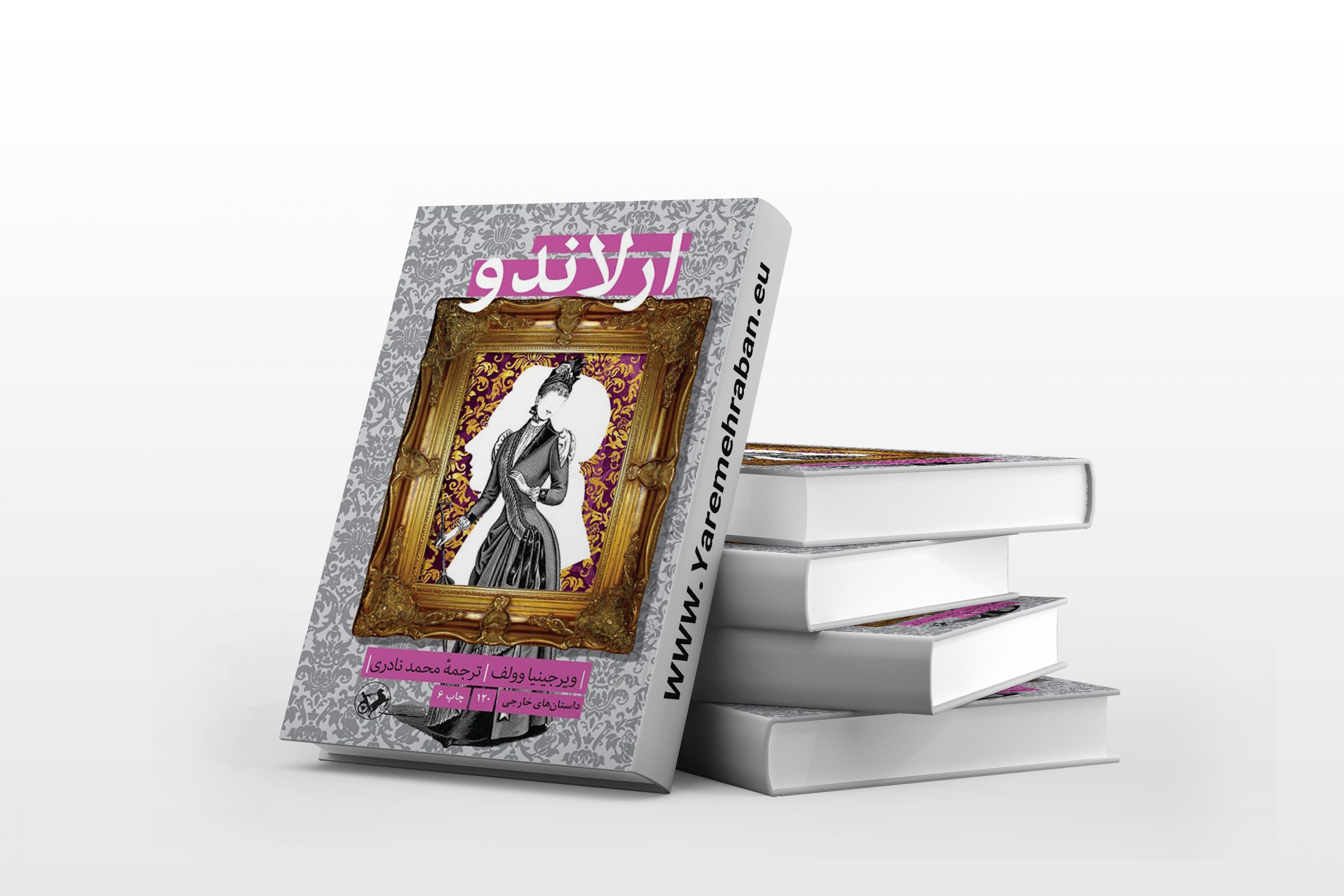
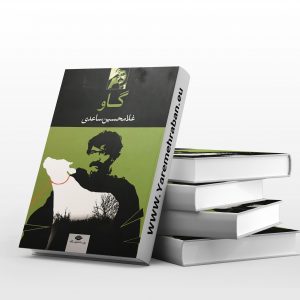
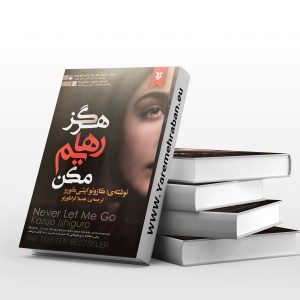
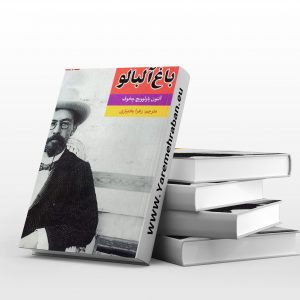
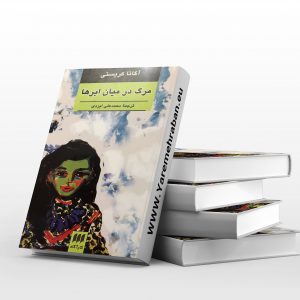
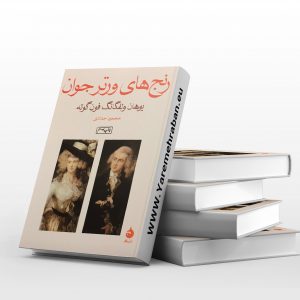
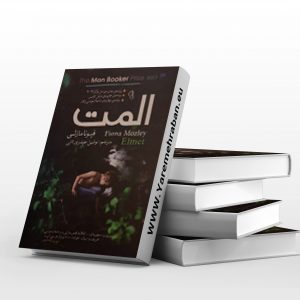
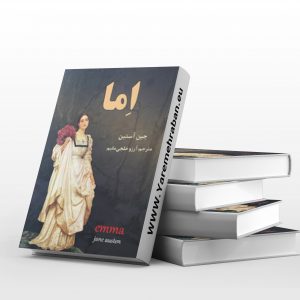
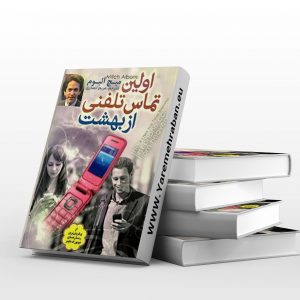
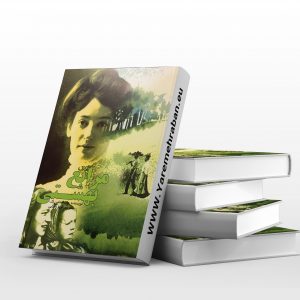
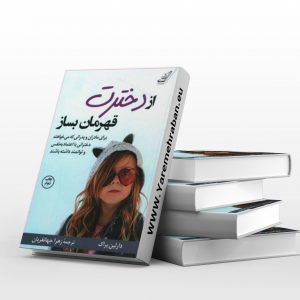
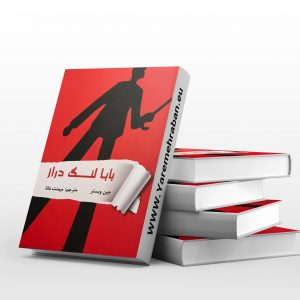
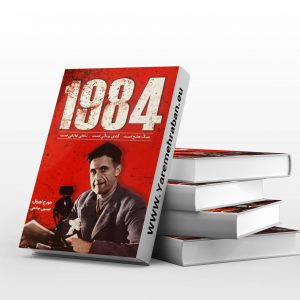
Reviews
There are no reviews yet.